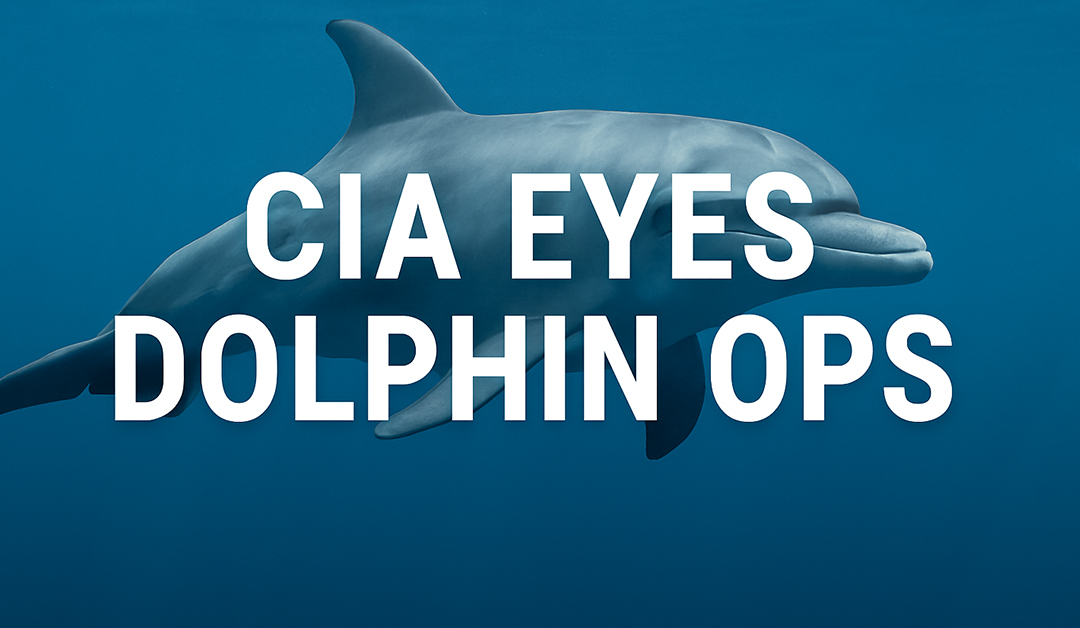A declassified progress memo from November 1964, labeled Project OXYGAS and catalogued as DOC_15687526, reveals the CIA’s accelerating interest in using dolphins for covert intelligence operations.
The report outlines how the Office of Research and Development (ORD), in collaboration with the Special Operations Division (SOD), was actively testing dolphins’ ability to deliver payloads, track underwater objects, and return on command-all within operational settings.
🚀 Early Success, Rising Ambition
The first technical milestone-teaching dolphins to place objects accurately-was achieved faster than expected. While challenges like range limitations, handler communication, and payload design remained, the agency viewed continued investment as promising.
"Quite frankly this project has progressed more rapidly than we anticipated… there is the very real possibility that technical feasibility will be demonstrated by January."
The tone, however, remained cautious. Despite optimism from figures like Dr. Galler at CIA-FR, the memo emphasized the importance of managing expectations and planning beyond the feasibility stage.
🛠️ Technical Problems Identified
Even with promising early results, the document outlines specific hurdles:
-
Operational range of dolphins in real conditions
-
Communication methods between animal and handler
-
Payload design optimized for underwater movement
-
Training reliability, especially for longer missions
The agency was clear: while the potential was there, true operational deployment required further refinement and scaling.
🔄 Transitioning Toward Operations
The CIA anticipated the project soon moving beyond ORD’s technical oversight and into more direct operational control by SOD.
This would involve not just further field testing but also inter-agency collaboration-particularly with the U.S. Navy, which had parallel interests.
"As the project becomes more operational, it is my view that ORD should gradually withdraw its participation."
Additionally, a survey across CIA’s DD/P and DD/S&T divisions was proposed to identify other departments with relevant use cases for dolphin-led missions.
💰 Cost and Naval Support
While the current contract was around $100,000, the report warned that maintaining an operational dolphin program would require significantly more funding and infrastructure-particularly if relocated to a secure testing site.
The Navy, however, was identified as a potential resource partner that could provide facilities and logistical support at minimal cost, given their enthusiasm for the program.
🧾 Not Just a Test-A Real Prospect
The document concludes by encouraging early-stage planning for follow-up phases-even if final decisions would await full demonstration of feasibility.
"The chances are quite good that we will demonstrate a reasonable technical feasibility this year."
This wasn’t a novelty project. It was a live operation on the edge of becoming a functional tool in the CIA’s field arsenal.






